In modern times, it can still be tricky to find the right food for you – especially if you have specific dietary requirements that make day to day meal planning difficult.
Luckily though, there have never been so many informational resources of options available – allowing those with even the trickiest dietary requirements to find suitable alternatives, and enjoy their meals to the fullest.
One example are udon noodles – a product that has numerous substitutes and alternatives for those who might want to stay healthy, and avoid the carbs.
But this begs the question: what exactly are udon noodles, and what alternatives are available?
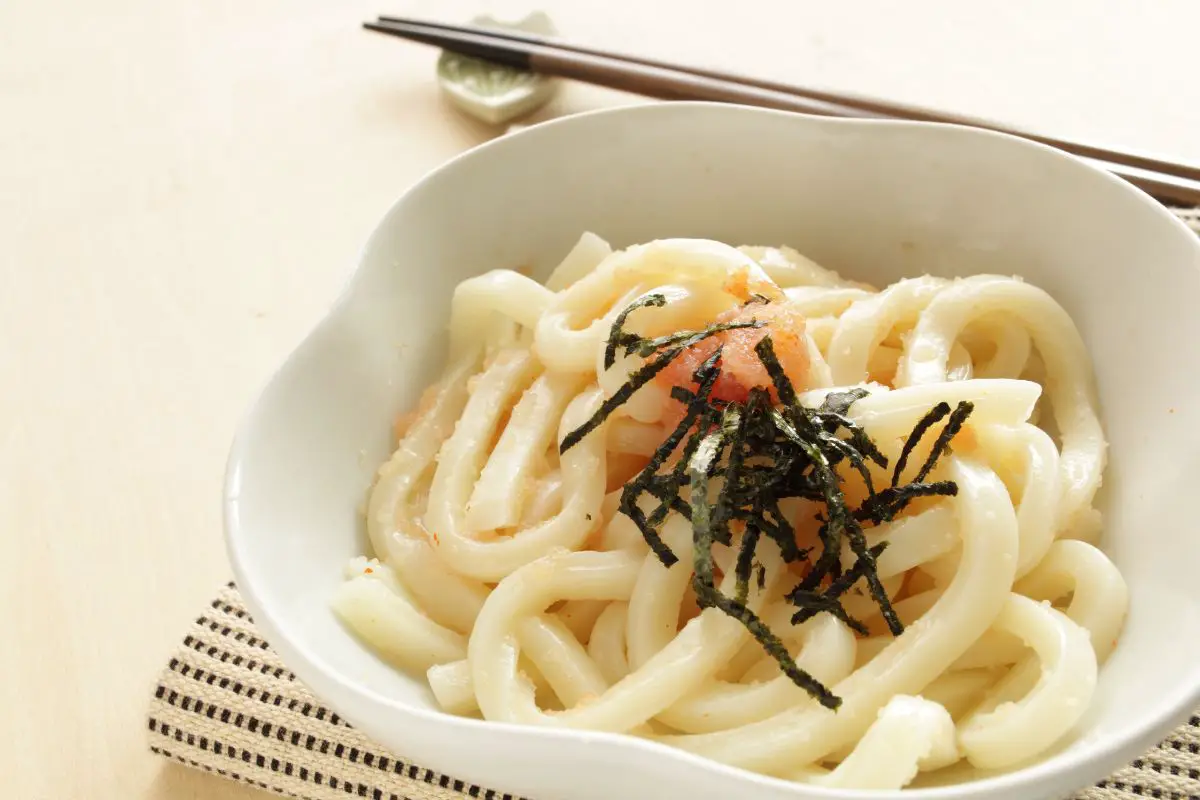
What Are Udon Noodles?
Udon noodles are a popular thick, strand noodle featured heavily within Japanese cuisine.
Traditional udon noodles are typically made from wheat flour, but in more recent times there have been several variations and styles introduced into the market.
They also stereotypically have an orange color – a characteristic that is encouraged with the inclusion of carrot or potato starch. However, this is not necessarily the case with all variations of the dish.
The 6 Best Alternatives For Udon Noodles
Now that we know a little more about udon noodles, and what they are made from, it is time to take a look at some of the best alternatives on the market today.
So, without further ado, let’s get started!
1. Soba Noodles
Perhaps the most common alternative to udon noodles are soba noodles. While still a carbohydrate, they contain much less carbs, and are lower in calories than udon – all the while containing high amounts of fiber and protein.
This means they are better for those looking to lose weight, are not made from wheat flour, and are generally better sources of energy – the kind of energy needed for healthy muscle growth, good digestion, and all the other vital, healthy functions we all undergo.
2. Zucchini Noodles
For those looking for a vegan/vegetarian alternative to traditional udon noodles – many of which are made with eggs – zucchini noodles can be a great way to spice up a dish, add a little flavor, and get some much needed nutrients and vitamins in the process.
These can be cut into ribbons with a vegetable peeler, and then combined with a tomato sauce – or whatever Japanese infused sauce you intend to consume.
These couldn’t be easier, and are great to increase your vegetable intake while enjoying the great flavor palette at the same time.
3. Shirataki
Shirataki noodles are not only vegan friendly, but they are also almost entirely devoid of fat – consisting mainly of protein, and as such being a great source of energy.
They are also carb free, and extremely low calorie, meaning that they are great for those wanting to manage their blood sugar and control their weight.
What’s more, they couldn’t be easier to prepare, merely requiring the packet opening, the liquid draining out, and then being added to whatever meal you desire.
4. Spaghetti Squash
Squash is a versatile vegetable, and one that has many uses within cooking. However, I bet you never thought of using them to make spaghetti squash?
This involves scraping out the fibrous inner flesh of the squash, shredding it with a fork to create the perfect filling addition to any typical noodle dish.
This is not only low calorie, but also rich in numerous nutrients and vitamins – ensuring you not only get to avoid the noodles, but improve your diet in the process.
5. Quinoa
For something completely different, why not try quinoa? This might not resemble pasta in the slightest, but it is packed with flavor, and can be added to almost any dish as a vital source of fiber and protein.
What’s more, quinoa is extremely low in calories, low in carbs and fat, and has long been used as a miracle grain for thousands of years.
This can also be used as a great thickener for sauces too – as the quinoa shells themselves swell like rice and absorb the liquid, creating a thicker, more delectable dish.
6. Brown Rice Pasta
Last, but by no means least, we have brown rice pasta – something that has long been held up as a healthier carbohydrate.
This can come in many forms, ranging from traditional penne pasta shells, to even Asian inspired noodles, and there are many benefits to introducing this as an alternative to your usual noodles.
Not only is brown rice lower in sugar than white noodles – something that can be great for those with type 2 diabetes – but they are also lower in calories, lower in carbs, high in protein, high in magnesium, and devoid of wheat flour – meaning those with allergies can enjoy guilt (and side effect) free.
Why Might These Be Beneficial?
There are of course several reasons why people might seek out alternatives to the classic udon noodles – ranging from dietary requirements to personal preference.
Wheat Intolerance
One of the most common reasons is for those with a wheat intolerance. As wheat flour is a primary ingredient in producing udon noodles, this is obviously a no-go for those who cannot process the ingredient.
This means that other arrangements need to be made when they have Japanese cuisine wherein udon noodles would normally be found.
There can also be more serious conditions – such as gluten intolerance and Celiac Disease – wherein further digestive issues can arise if too much gluten or wheat is consumed.
As such, these alternatives can not only be nutritious and delicious, but also potentially life saving and beneficial to the wider health of the specific sufferer.
Dietary Reasons
As carbohydrates, noodles in general can be bad for weight loss – not to mention some illnesses like type 2 diabetes. This is due to the sugars within carbohydrates, and the blood sugar spikes they can cause.
They are also quite calorific, making them unsuitable for traditional weight loss methods. As such, better alternatives would need to be found.
Personal Preference
There are also undoubtedly people who do not like udon noodles, and as such require a viable alternative for their Japanese cuisine.
This means that some of these alternatives might make a great addition to their current diet, and help them to better enjoy Asian food as a whole.
Lifestyle Reasons
You might also be a vegetarian or vegan, and as such you will want to avoid most noodles. This is due to the fact that most kinds are made with eggs – which obviously are not vegan as they come from chickens.
As such, viable alternatives are necessary.
Final Thoughts
And there we have it, everything you need to know about udon noodles, and the best substitutes to use instead.
It’s true that, in modern times, it can be tricky to find the right food for you. However, there have never been so many resources and alternatives – allowing those with even the most demanding dietary requirements to enjoy their food to the fullest.
So if you are looking for some alternatives to udon noodles, then be sure to give some of these a try. Something tells me you won’t be disappointed!
The 6 Best Substitutes For Udon Noodles
Course: Substitutes4
servings30
minutes40
minutes300
kcalWant to know the best substitutes for udon noodles? Check out this handy guide for everything you need to know!
Directions
- Decide on what substitute you need
- Pick a substitute from the list above
- Read what you need to substitute with
- Create the recipe and enjoy
Recipe Video
https://www.youtube.com/watch?v=DlXwPToc1BkVideo can’t be loaded because JavaScript is disabled: 8 Healthier Pasta Substitutes ( Ranking them from Best or Worst) (https://www.youtube.com/watch?v=DlXwPToc1Bk)- What Exactly Do Chickpeas Taste Like? Is There A Distinct Flavor? - September 30, 2023
- Top 11 Low Carb Options at Sonic Drive-In for Keto Diet - September 30, 2023
- What Should You Serve Alongside Potato Salad? 8 Incredible Side Dishes - September 30, 2023

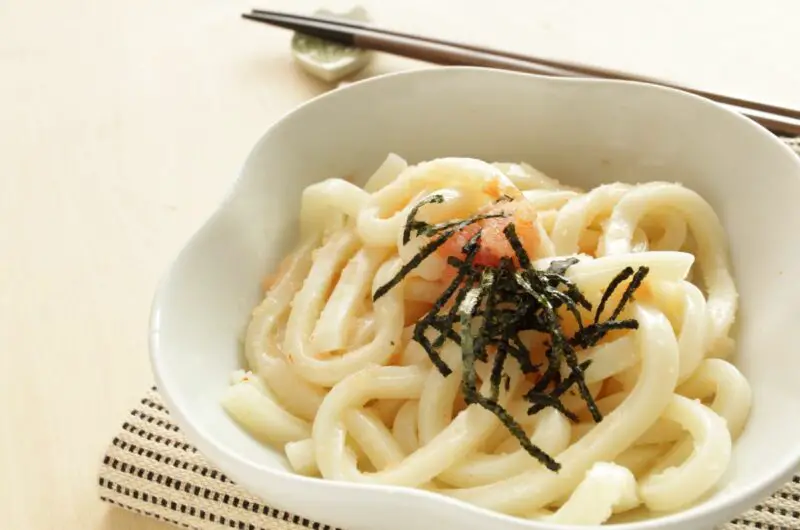

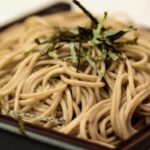
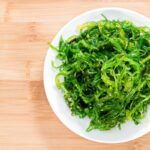

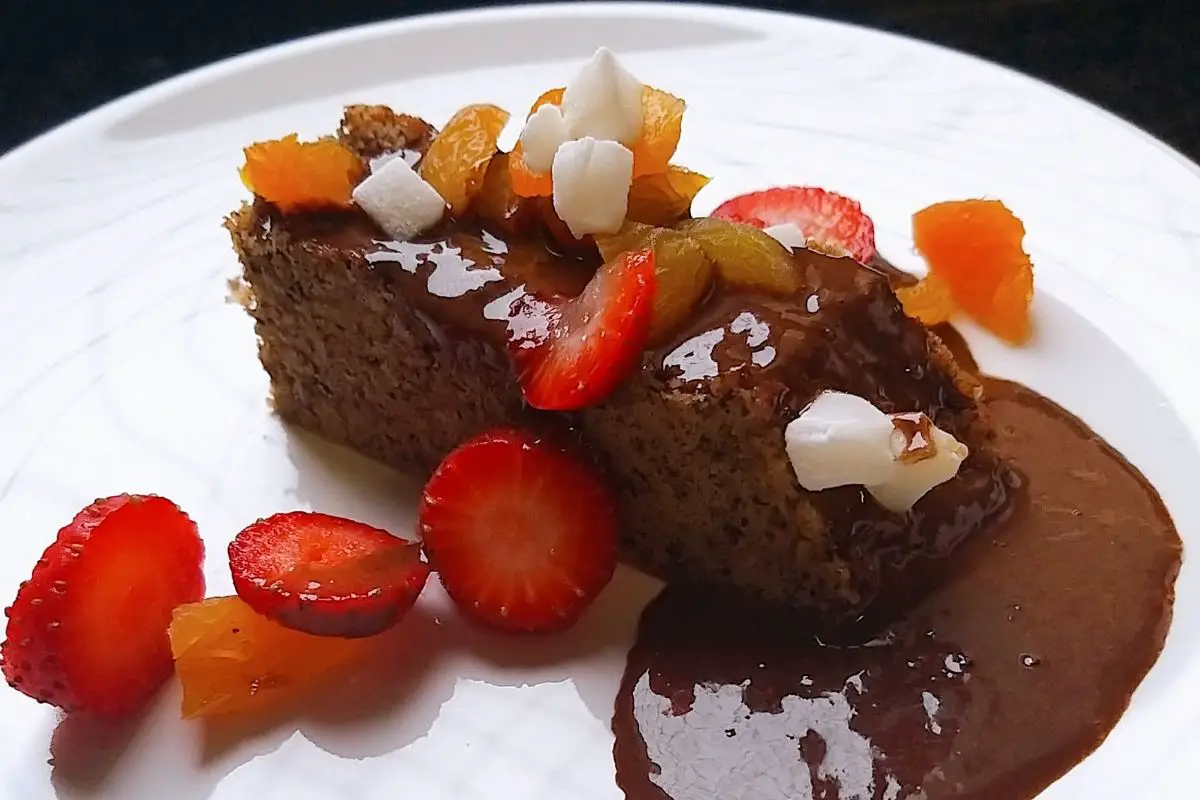


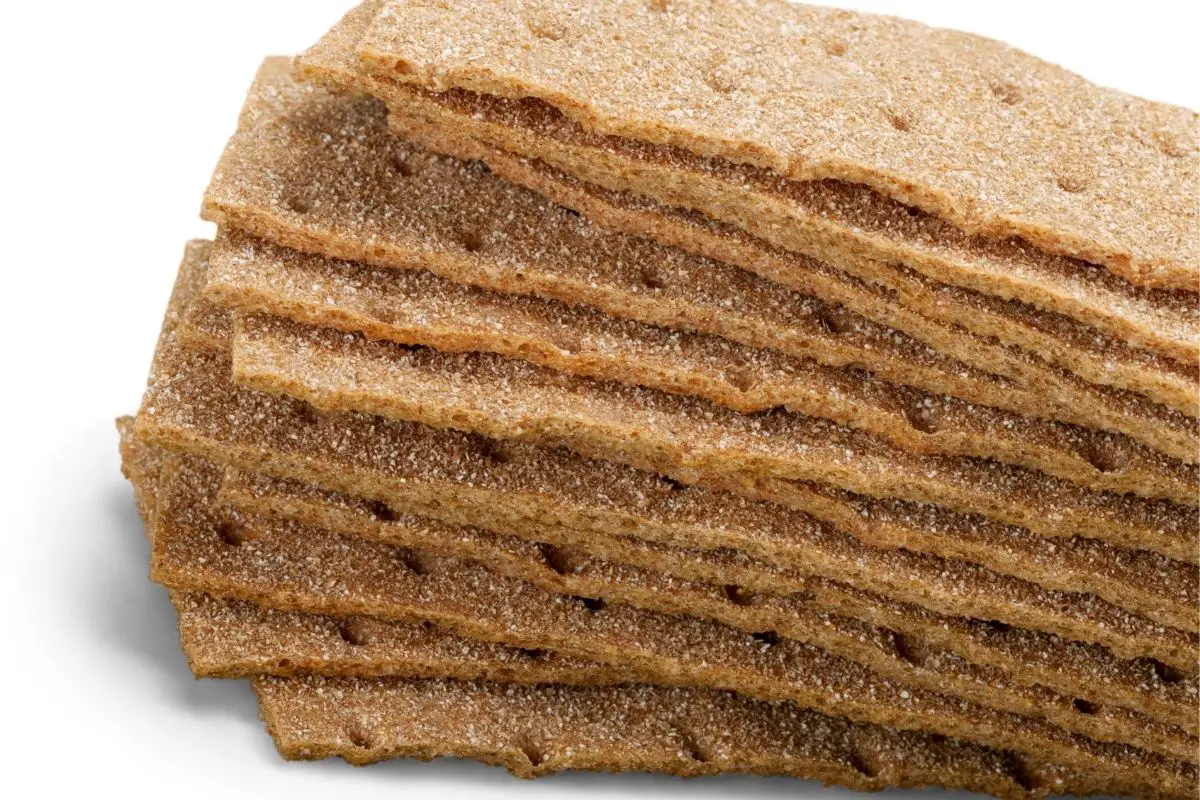

![7 Best Keto Jelly Brands & Low Carb Jams [2021] 7 Best Keto Jelly Brands & Low Carb Jams [2021]](https://butterandsaltgatherings.com/wp-content/uploads/2022/05/7-Best-Keto-Jelly-Brands-Low-Carb-Jams-2021.jpg)